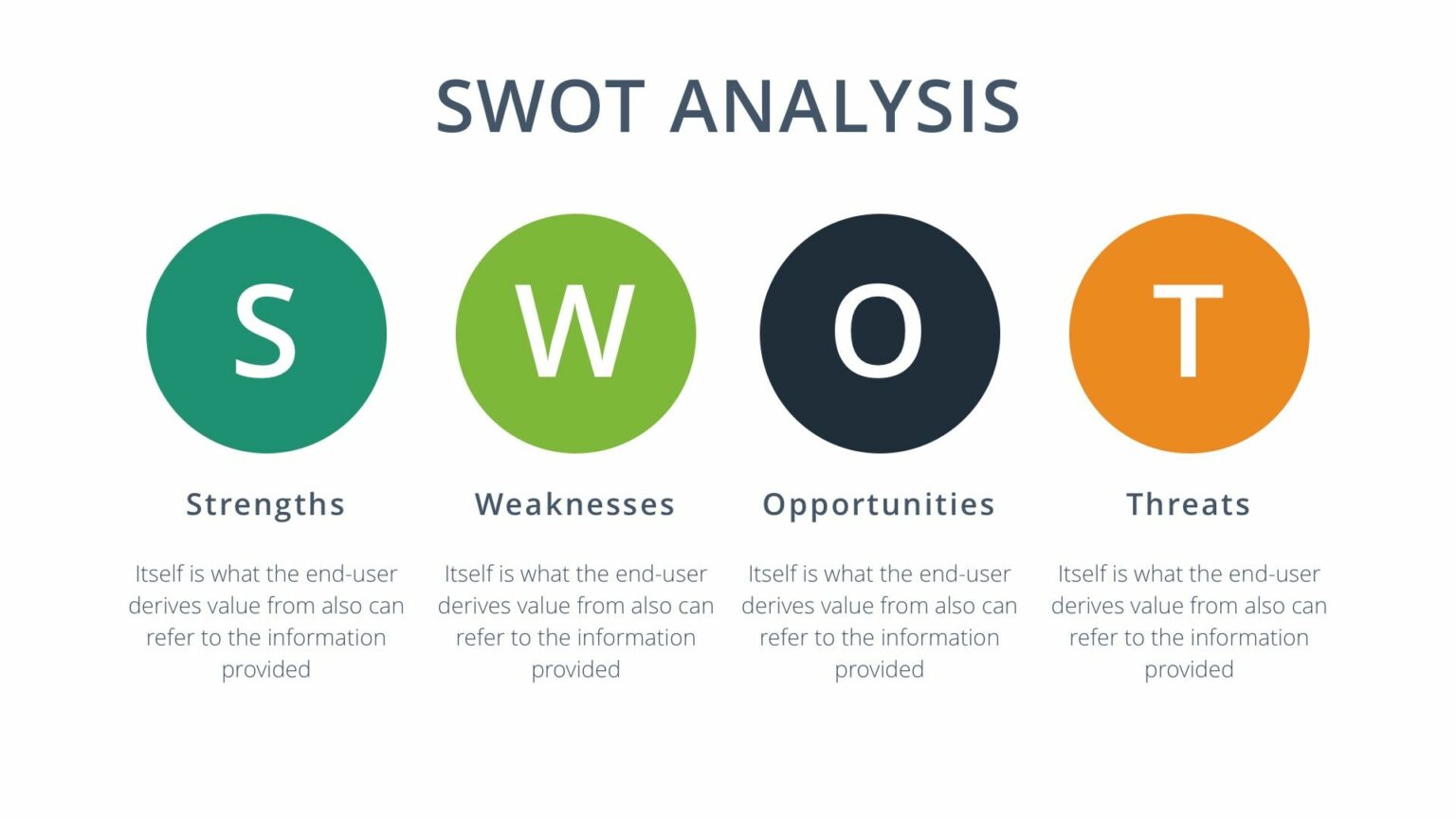SWOT analysis is a widely used strategic planning tool that helps businesses identify their internal strengths and weaknesses, as well as external opportunities and threats. By examining these four key areas, companies can gain a clearer understanding of their current position in the market and develop strategies to improve performance. Whether you’re launching a new product, entering a new market, or simply assessing the health of your business, a SWOT analysis provides a structured way to evaluate both internal and external factors that can influence success.
Leveraging internal advantages
The first component of a SWOT analysis focuses on identifying a company’s strengths—those internal factors that give it a competitive edge. Strengths could include a strong brand reputation, a loyal customer base, unique products or services, proprietary technology, or skilled employees. For example, Apple’s strength lies in its innovative product design and loyal customer following, which has allowed it to maintain a dominant position in the tech industry. By recognizing these strengths, businesses can build on them to maximize opportunities and address challenges.
Identifying internal challenges
Next, a SWOT analysis examines weaknesses—those internal factors that hinder a company’s performance or put it at a disadvantage compared to competitors. These could include outdated technology, lack of financial resources, poor customer service, or inefficiencies in production. For example, a small business may recognize that its limited marketing budget is a weakness that prevents it from reaching a wider audience. Understanding weaknesses is critical because it allows businesses to take proactive steps to address them.
Exploring external growth possibilities
The opportunities component of a SWOT analysis focuses on identifying external factors that a business can capitalize on for growth and expansion. These opportunities might arise from changes in the market, technological advancements, shifts in consumer behavior, or new regulatory developments. For example, an eco-friendly packaging company might see an opportunity in the growing demand for sustainable products as consumers become more environmentally conscious. By identifying and prioritizing opportunities, businesses can align their resources and capabilities to take advantage of favorable conditions in the marketplace.
Preparing for external risks
The final component of a SWOT analysis focuses on external threats—factors outside the company’s control that could negatively impact its performance. These threats could include economic downturns, new competitors, regulatory changes, or shifts in consumer preferences. For example, brick-and-mortar retail stores face a significant threat from the rise of e-commerce, as more consumers prefer shopping online. By identifying potential threats, businesses can develop contingency plans or strategies to mitigate their effects.









